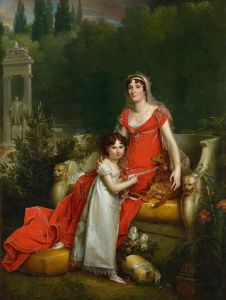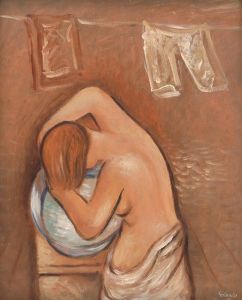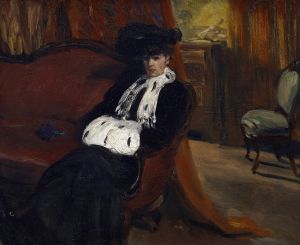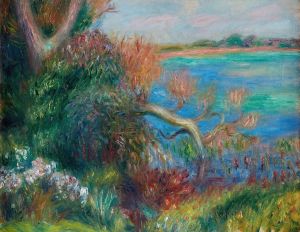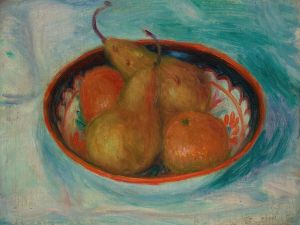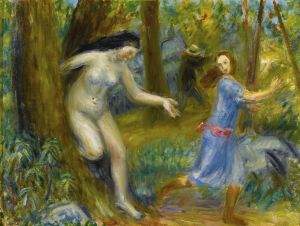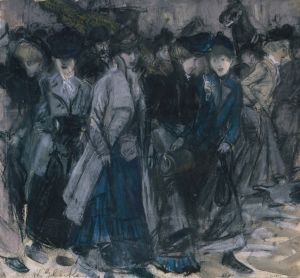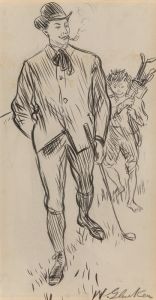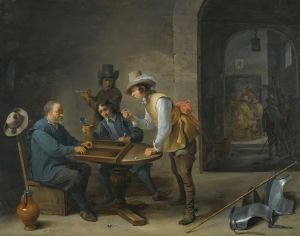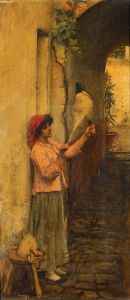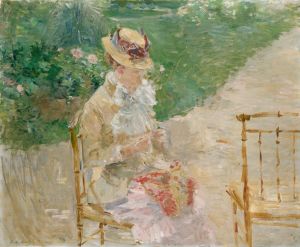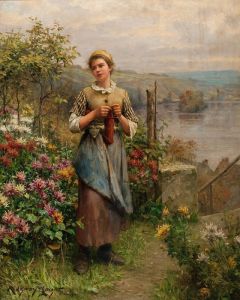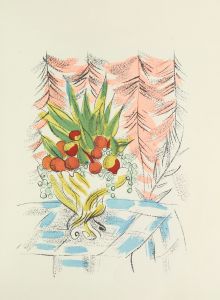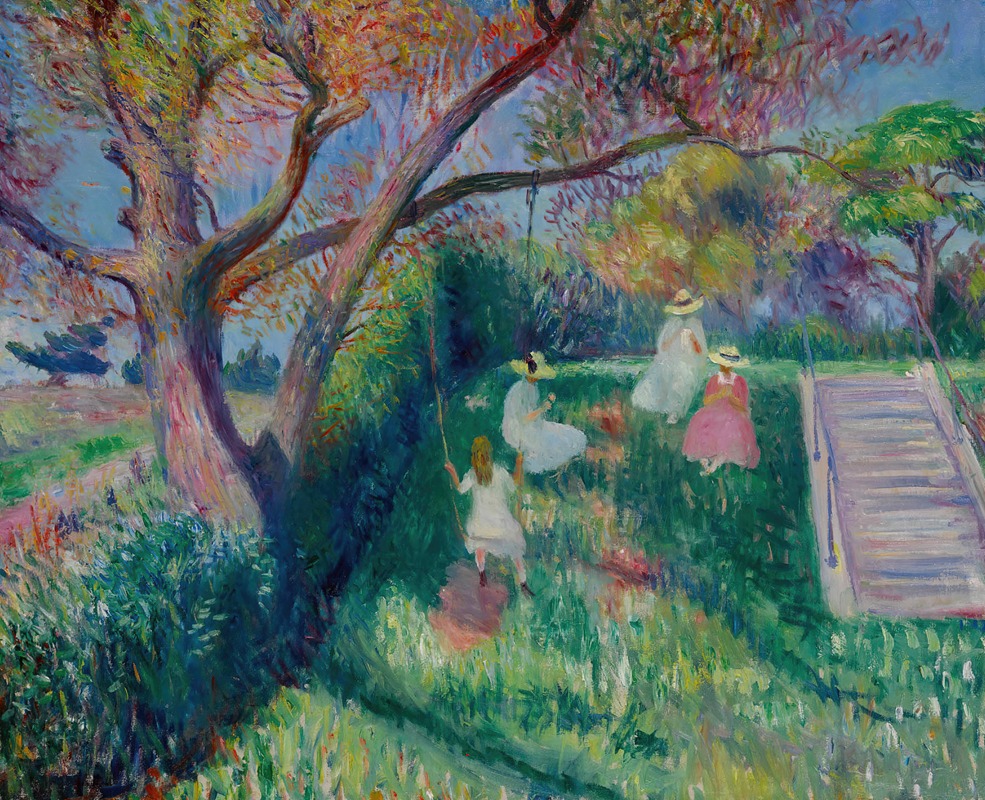
The Swing
A hand-painted replica of William James Glackens’s masterpiece The Swing, meticulously crafted by professional artists to capture the true essence of the original. Each piece is created with museum-quality canvas and rare mineral pigments, carefully painted by experienced artists with delicate brushstrokes and rich, layered colors to perfectly recreate the texture of the original artwork. Unlike machine-printed reproductions, this hand-painted version brings the painting to life, infused with the artist’s emotions and skill in every stroke. Whether for personal collection or home decoration, it instantly elevates the artistic atmosphere of any space.
"The Swing" is a painting by the American artist William James Glackens, who was a prominent figure in the Ashcan School of art. Glackens was known for his vibrant use of color and his ability to capture the essence of urban life in the early 20th century. Born in Philadelphia in 1870, Glackens studied at the Pennsylvania Academy of the Fine Arts and later became a successful illustrator and painter.
"The Swing" exemplifies Glackens' interest in depicting leisurely scenes and the everyday activities of people. The painting portrays a lively scene in a park, where a woman is enjoying a swing ride. The composition is dynamic, capturing the motion and joy of the moment. Glackens' use of bright, vivid colors and loose brushwork reflects the influence of Impressionism, which he encountered during his travels to Europe, particularly in France.
Glackens was part of a group of artists known as "The Eight," who were instrumental in organizing the 1908 exhibition at the Macbeth Galleries in New York City. This exhibition was a pivotal moment in American art, as it challenged the conservative tastes of the National Academy of Design and promoted a more modern approach to art. "The Eight" were known for their focus on realism and their interest in portraying the grittier aspects of urban life, although Glackens himself often gravitated towards more cheerful and colorful subjects.
Throughout his career, Glackens maintained a balance between his commercial work as an illustrator and his passion for painting. His friendship with Albert C. Barnes, a notable art collector, played a significant role in his career. Barnes commissioned Glackens to purchase modern European paintings, which led to the formation of the Barnes Foundation's renowned collection. This experience further influenced Glackens' style, as he was exposed to the works of artists like Pierre-Auguste Renoir, whose influence is evident in Glackens' use of color and light.
"The Swing" is a testament to Glackens' ability to capture the vibrancy and spontaneity of everyday life. While the painting itself may not be as widely recognized as some of his other works, it embodies the spirit of the Ashcan School and Glackens' unique approach to art. His work remains an important part of American art history, celebrated for its contribution to the development of modern art in the United States.
Today, Glackens' paintings can be found in major museums and collections across the country, including the Whitney Museum of American Art, the Metropolitan Museum of Art, and the Barnes Foundation. His legacy continues to be appreciated for its joyful depiction of life and its role in the evolution of American art during a time of significant change and innovation.





